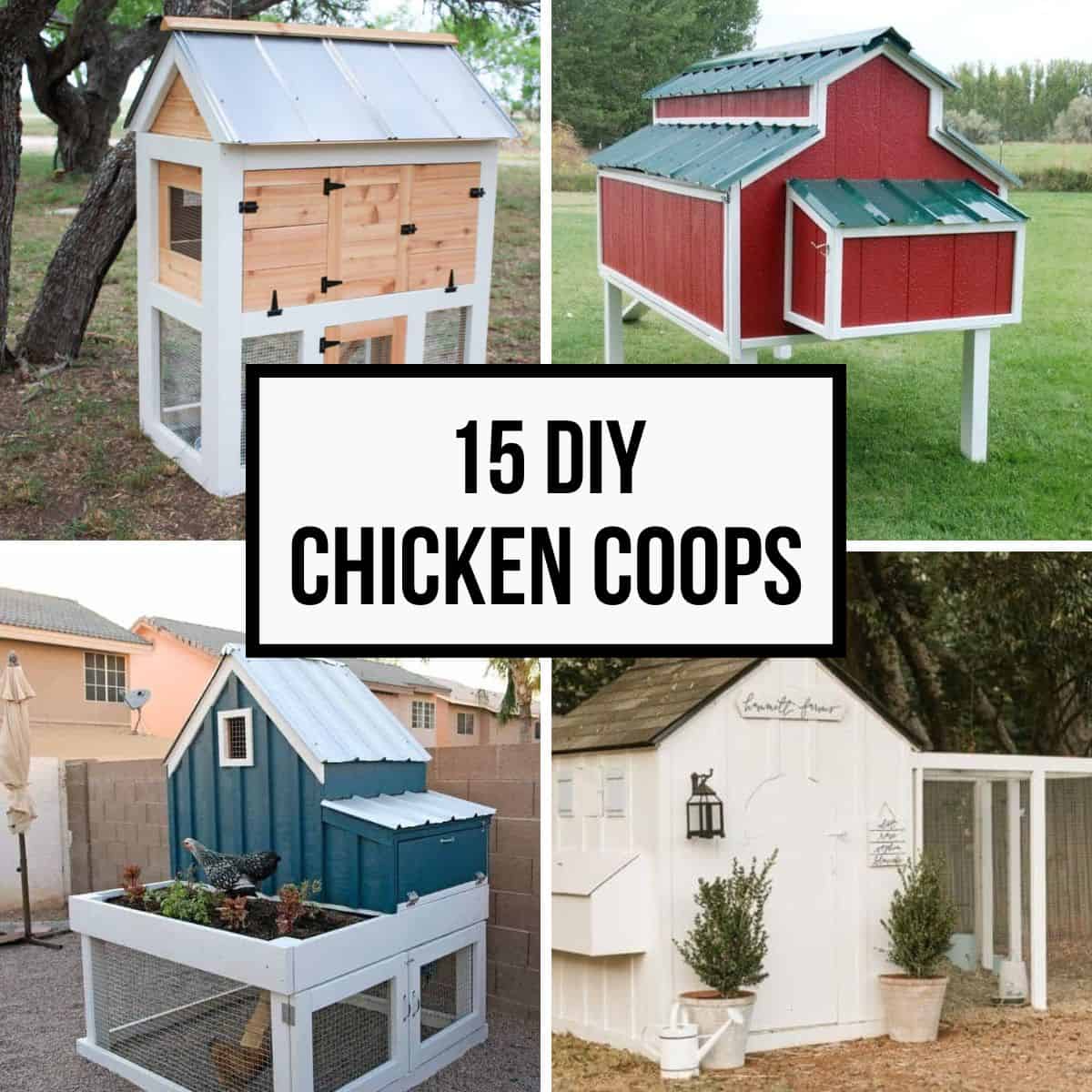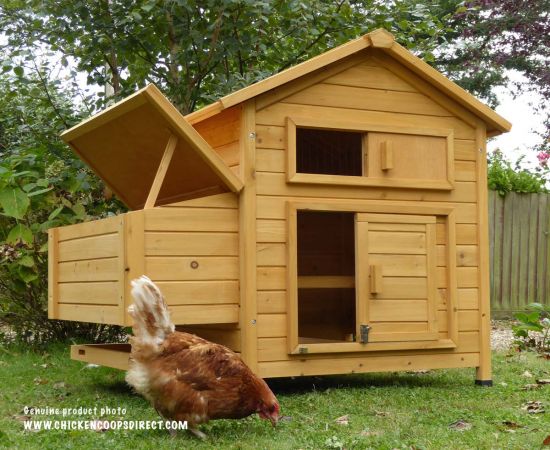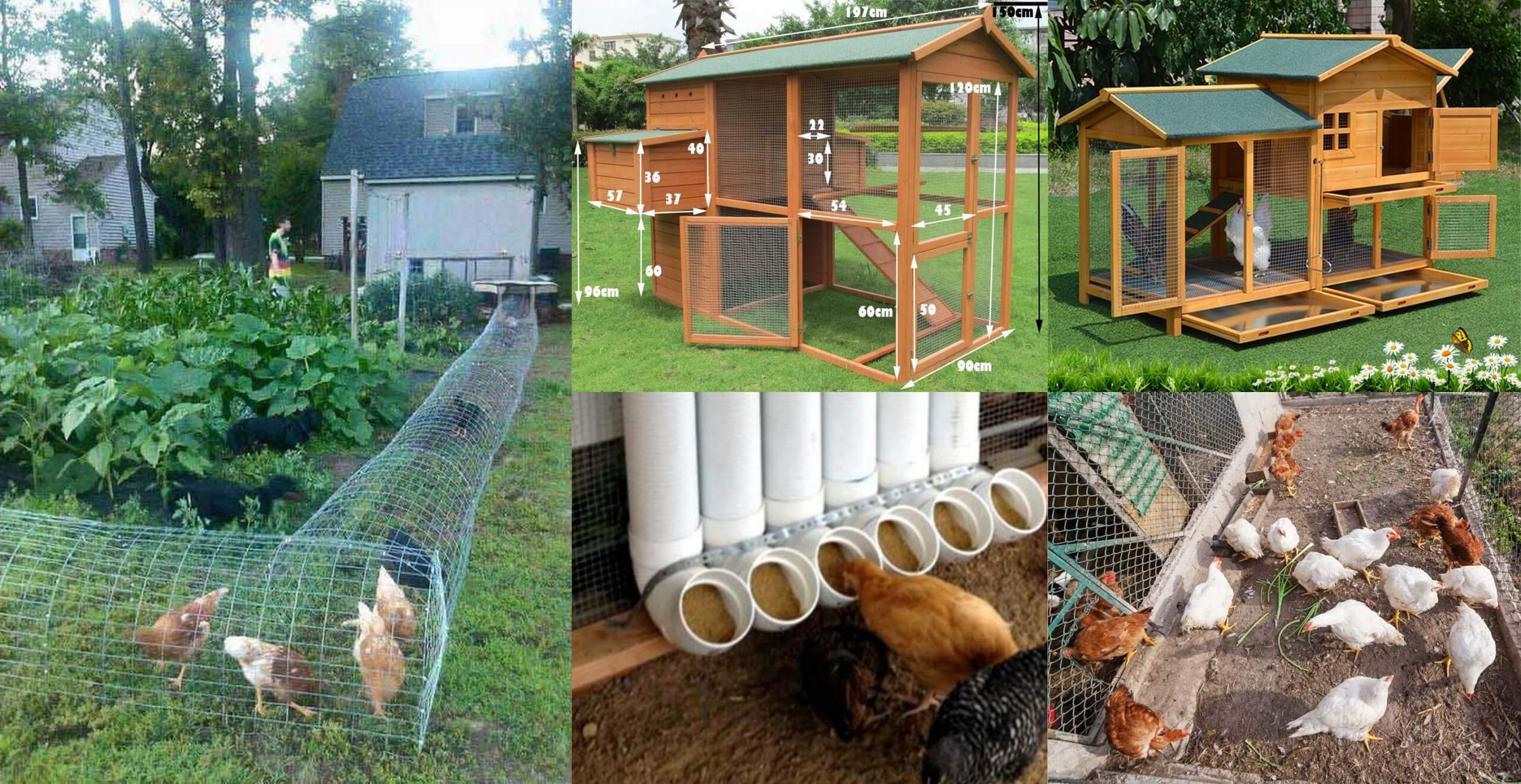What Makes a Great Chicken House: Essential Features to Consider
When it comes to building or purchasing a chicken house, there are several key features to consider to ensure the health and happiness of your flock. A well-designed chicken house, also known as a chicken coop, should provide a safe and comfortable environment for your chickens to thrive. One of the most important features to look for is durability. A sturdy chicken house can withstand harsh weather conditions and protect your flock from predators. Look for a chicken house made from high-quality materials, such as wood or metal, and consider adding a waterproof roof to keep your flock dry.
Predator protection is another crucial feature to consider when building or purchasing a chicken house. A secure chicken house should have strong walls and a sturdy door to prevent predators, such as foxes and raccoons, from getting inside. Consider adding hardware cloth or chicken wire to the walls and roof to provide extra protection. Ventilation is also essential to maintain a healthy environment inside the chicken house. A well-ventilated chicken house should have windows or vents to provide airflow and prevent the buildup of ammonia from chicken droppings.
Ease of cleaning is another important feature to consider when building or purchasing a chicken house. A chicken house with easy-to-clean surfaces and a simple design can make maintenance a breeze. Look for a chicken house with removable walls or floors to make cleaning easier. Finally, consider the size of the chicken house and ensure it provides enough space for your flock to move around comfortably. A general rule of thumb is to provide at least 3-4 square feet of space per chicken inside the chicken house.
By considering these essential features, you can build or purchase a chicken house that meets the needs of your flock and provides a happy and healthy environment. Whether you’re a seasoned chicken keeper or just starting out, a well-designed chicken house is essential for the success of your backyard flock. A great chicken house can provide years of enjoyment and fresh eggs, making it a worthwhile investment for any chicken enthusiast.
Choosing the Right Chicken Coop Design for Your Backyard
When it comes to building or purchasing a chicken house, one of the most important decisions you’ll make is choosing the right design for your backyard. With so many different types of chicken coop designs available, it can be overwhelming to decide which one is best for your specific needs and space constraints. In this section, we’ll explore the different types of chicken coop designs available and provide tips on how to choose the best design for your backyard.
One of the most popular types of chicken coop designs is the gable coop. Gable coops are characterized by their triangular roof and are often considered to be one of the most aesthetically pleasing designs. They are also relatively easy to build and can be customized to fit your specific needs. Another popular type of chicken coop design is the shed coop. Shed coops are similar to gable coops but have a flat roof instead of a triangular one. They are often considered to be more practical than gable coops and can be easier to maintain.
Hoop coops are another type of chicken coop design that is gaining popularity. Hoop coops are characterized by their curved roof and are often considered to be one of the most durable designs. They are also relatively easy to build and can be customized to fit your specific needs. When choosing a chicken coop design, it’s essential to consider your specific needs and space constraints. Think about the size of your backyard and the number of chickens you plan to keep. You’ll also want to consider the climate and weather conditions in your area and choose a design that can withstand them.
In addition to considering your specific needs and space constraints, you’ll also want to think about the style and aesthetic of your backyard. Do you want a chicken coop that blends in with your existing landscape, or do you want one that stands out? Consider the materials and colors you’ll use for your chicken coop and how they’ll fit in with your existing decor. By considering these factors, you can choose a chicken coop design that meets your specific needs and provides a happy and healthy environment for your flock.
Ultimately, the right chicken coop design for your backyard will depend on your specific needs and preferences. By considering the different types of chicken coop designs available and thinking about your specific needs and space constraints, you can choose a design that meets your needs and provides a happy and healthy environment for your flock. Whether you’re a seasoned chicken keeper or just starting out, choosing the right chicken coop design is an essential part of building a successful backyard flock.
How to Build a Chicken House from Scratch: A Step-by-Step Guide
Building a chicken house from scratch can be a fun and rewarding project, but it requires careful planning and attention to detail. In this section, we’ll provide a step-by-step guide on how to build a chicken house from scratch, including materials needed, construction tips, and safety considerations.
Materials Needed:
- 2×4 lumber for the frame
- 2×2 lumber for the walls and floor
- Chicken wire or hardware cloth for ventilation and predator protection
- Roofing materials (such as asphalt shingles or corrugated metal)
- Doors and windows
- Nails and screws
- Waterproof glue and sealant
Step 1: Plan Your Chicken House
Before you start building, it’s essential to plan your chicken house carefully. Consider the size of your flock, the climate and weather conditions in your area, and the space constraints of your backyard. Make sure to check local building codes and regulations before starting your project.
Step 2: Build the Frame
Use 2×4 lumber to build the frame of your chicken house. Make sure it is sturdy and can support the weight of the roof and any additional features you plan to add. Use nails and screws to secure the frame together.
Step 3: Add Walls and Floor
Use 2×2 lumber to build the walls and floor of your chicken house. Make sure they are secure and can support the weight of your flock. Use chicken wire or hardware cloth to provide ventilation and predator protection.
Step 4: Add Roofing Materials
Choose a suitable roofing material, such as asphalt shingles or corrugated metal, and install it according to the manufacturer’s instructions. Make sure the roof is secure and can withstand harsh weather conditions.
Step 5: Add Doors and Windows
Install doors and windows to provide easy access to your chicken house and to ensure proper ventilation. Make sure they are secure and can withstand harsh weather conditions.
Step 6: Add Finishing Touches
Use waterproof glue and sealant to seal any gaps or holes in your chicken house. Add any additional features, such as nesting boxes or perches, to make your chicken house comfortable and functional.
By following these steps, you can build a chicken house from scratch that meets your specific needs and provides a happy and healthy environment for your flock. Remember to always prioritize safety and durability when building your chicken house.
Top Chicken Coop Kits for a Hassle-Free Experience
If you’re looking for a hassle-free way to build a chicken house, consider using a chicken coop kit. These kits usually include pre-cut lumber, hardware, and instructions to make building a chicken house a breeze. In this section, we’ll review and compare some popular chicken coop kits available on the market, including their features, pros, and cons.
1. My Pet Chicken Coop Kit
This kit is a popular choice among backyard chicken keepers. It includes pre-cut lumber, hardware, and instructions to build a 4×4 foot chicken house. The kit is easy to assemble and can be customized to fit your specific needs. Pros: easy to assemble, customizable, and affordable. Cons: may not be suitable for large flocks.
2. Chicken Coop Kit by Urban Coop Company
This kit is designed for urban chicken keepers who want a stylish and functional chicken house. It includes pre-cut lumber, hardware, and instructions to build a 2×4 foot chicken house. The kit is easy to assemble and can be customized to fit your specific needs. Pros: stylish, functional, and easy to assemble. Cons: may not be suitable for large flocks.
3. Amish Chicken Coop Kit
This kit is a high-quality option for backyard chicken keepers who want a durable and long-lasting chicken house. It includes pre-cut lumber, hardware, and instructions to build a 4×8 foot chicken house. The kit is easy to assemble and can be customized to fit your specific needs. Pros: durable, long-lasting, and easy to assemble. Cons: may be more expensive than other options.
When choosing a chicken coop kit, consider the size of your flock, the climate and weather conditions in your area, and the space constraints of your backyard. Make sure to read reviews and compare features, pros, and cons before making a decision. By choosing the right chicken coop kit, you can build a chicken house that meets your specific needs and provides a happy and healthy environment for your flock.
In addition to the kits mentioned above, there are many other options available on the market. Some popular brands include Chicken Coop Kits by PetSafe, Chicken Coop Kits by Omlet, and Chicken Coop Kits by Horizon Structures. When choosing a kit, make sure to consider the quality of the materials, the ease of assembly, and the customer support offered by the manufacturer.
Chicken House Maintenance 101: Tips for a Healthy and Happy Flock
Maintaining a clean and healthy chicken house is crucial for the well-being of your flock. A well-maintained chicken house can help prevent disease, reduce stress, and promote a happy and healthy environment for your chickens. In this section, we’ll provide tips and advice on how to maintain a clean and healthy chicken house, including tips on feeding, watering, and monitoring your flock’s health.
Feeding Your Flock
Providing a balanced and nutritious diet is essential for the health and well-being of your flock. Make sure to provide a high-quality commercial chicken feed that meets the nutritional needs of your chickens. You can also supplement their diet with fruits, vegetables, and grains, but make sure to introduce new foods gradually to prevent digestive upset.
Watering Your Flock
Access to clean and fresh water is essential for the health and well-being of your flock. Make sure to provide a clean and reliable water source, such as a waterer or a bucket, and change the water frequently to prevent bacterial growth.
Monitoring Your Flock’s Health
Regularly monitoring your flock’s health is crucial for detecting any signs of illness or disease. Make sure to check your chickens daily for any signs of illness, such as lethargy, loss of appetite, or unusual droppings. You can also perform regular health checks, such as weighing your chickens and checking for any signs of injury or illness.
Cleaning the Chicken House
Regularly cleaning the chicken house is essential for maintaining a healthy and clean environment for your flock. Make sure to remove any soiled bedding, clean the feeding and watering equipment, and disinfect the chicken house regularly. You can also use a chicken house cleaner or a mixture of water and vinegar to help keep the chicken house clean and free of bacteria.
By following these tips and advice, you can help maintain a clean and healthy chicken house that provides a happy and healthy environment for your flock. Remember to always prioritize the health and well-being of your chickens, and seek veterinary advice if you have any concerns about their health.
Common Mistakes to Avoid When Building or Purchasing a Chicken House
When building or purchasing a chicken house, there are several common mistakes to avoid in order to ensure the health and well-being of your flock. In this section, we’ll discuss some of the most common mistakes to avoid, including inadequate ventilation, poor predator protection, and insufficient space.
Inadequate Ventilation
One of the most common mistakes to avoid when building or purchasing a chicken house is inadequate ventilation. Chickens produce a significant amount of moisture and ammonia, which can lead to respiratory problems and other health issues if not properly ventilated. Make sure to include windows, vents, or other ventilation systems in your chicken house to ensure proper airflow and reduce the risk of health problems.
Poor Predator Protection
Another common mistake to avoid is poor predator protection. Chickens are vulnerable to predators such as foxes, coyotes, and hawks, and a poorly designed chicken house can leave them exposed to attack. Make sure to include strong walls, secure doors, and protective covering such as hardware cloth or chicken wire to prevent predators from getting inside.
Insufficient Space
Insufficient space is another common mistake to avoid when building or purchasing a chicken house. Chickens need room to move around, stretch their wings, and engage in natural behaviors such as foraging and scratching. Make sure to provide enough space for your flock, taking into account the number of chickens you plan to keep and the size of the chicken house.
Other Common Mistakes
Other common mistakes to avoid when building or purchasing a chicken house include inadequate lighting, poor sanitation, and insufficient nesting boxes. Make sure to include adequate lighting, such as windows or artificial lighting, to promote egg production and overall health. Keep the chicken house clean and well-maintained, and provide enough nesting boxes for your flock to reduce stress and promote egg production.
By avoiding these common mistakes, you can build or purchase a chicken house that provides a safe, healthy, and happy environment for your flock. Remember to always prioritize the needs of your chickens and take the time to research and plan carefully before building or purchasing a chicken house.
Chicken House Safety: Protecting Your Flock from Predators and Disease
Protecting your flock from predators and disease is crucial for maintaining a healthy and happy environment in your chicken house. In this section, we’ll provide tips and advice on how to secure your chicken house and maintain a healthy environment, including strategies for predator protection and disease prevention.
Predator Protection
Predators such as foxes, coyotes, and hawks can be a significant threat to your flock. To protect your chickens from predators, make sure to include strong walls, secure doors, and protective covering such as hardware cloth or chicken wire in your chicken house design. You can also consider adding additional features such as electric fencing or guard animals to deter predators.
Disease Prevention
Disease can be a significant threat to your flock, especially in crowded or unsanitary conditions. To prevent disease, make sure to maintain a clean and healthy environment in your chicken house, including regular cleaning and disinfection of the coop and run. You can also consider adding features such as ventilation systems and misting systems to help keep your flock cool and healthy.
Securing Your Chicken House
Securing your chicken house is crucial for protecting your flock from predators and disease. Make sure to include strong doors and windows, and consider adding additional features such as locks and latches to prevent unauthorized access. You can also consider adding features such as alarm systems and motion-sensitive lights to deter predators and alert you to any potential threats.
Maintaining a Healthy Environment
Maintaining a healthy environment in your chicken house is crucial for the health and well-being of your flock. Make sure to provide adequate ventilation, lighting, and temperature control, and consider adding features such as air filtration systems and humidifiers to help keep your flock healthy and happy.
By following these tips and advice, you can help protect your flock from predators and disease, and maintain a healthy and happy environment in your chicken house. Remember to always prioritize the health and well-being of your chickens, and take the time to research and plan carefully before building or purchasing a chicken house.
Conclusion: Building a Chicken House that Meets Your Needs
Building a chicken house that meets your specific needs and provides a happy and healthy environment for your flock requires careful planning and consideration. By following the tips and advice outlined in this article, you can create a chicken house that is durable, predator-proof, well-ventilated, and easy to clean.
Remember to consider the size of your flock, the climate and weather conditions in your area, and the space constraints of your backyard when building or purchasing a chicken house. Choose a design that is functional, efficient, and meets your specific needs, and don’t be afraid to get creative and add your own personal touches.
By prioritizing the health and well-being of your chickens, you can create a happy and healthy environment that will provide you with fresh eggs and endless entertainment for years to come. Whether you’re a seasoned chicken keeper or just starting out, building a chicken house that meets your needs is a rewarding and fulfilling experience that will bring you joy and satisfaction for years to come.
In conclusion, building a chicken house that meets your needs requires careful planning, consideration, and attention to detail. By following the tips and advice outlined in this article, you can create a chicken house that is functional, efficient, and provides a happy and healthy environment for your flock. Happy building!






